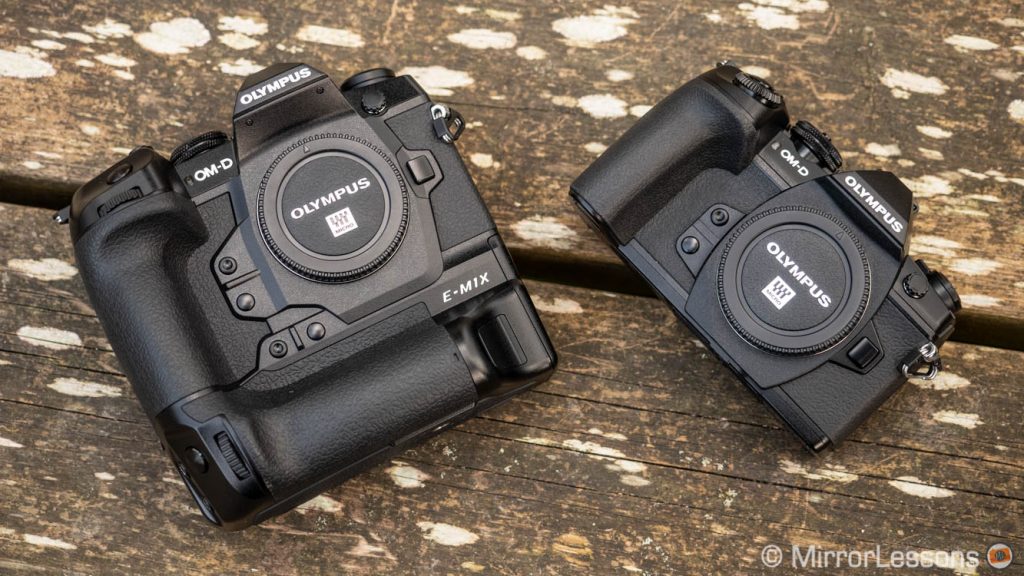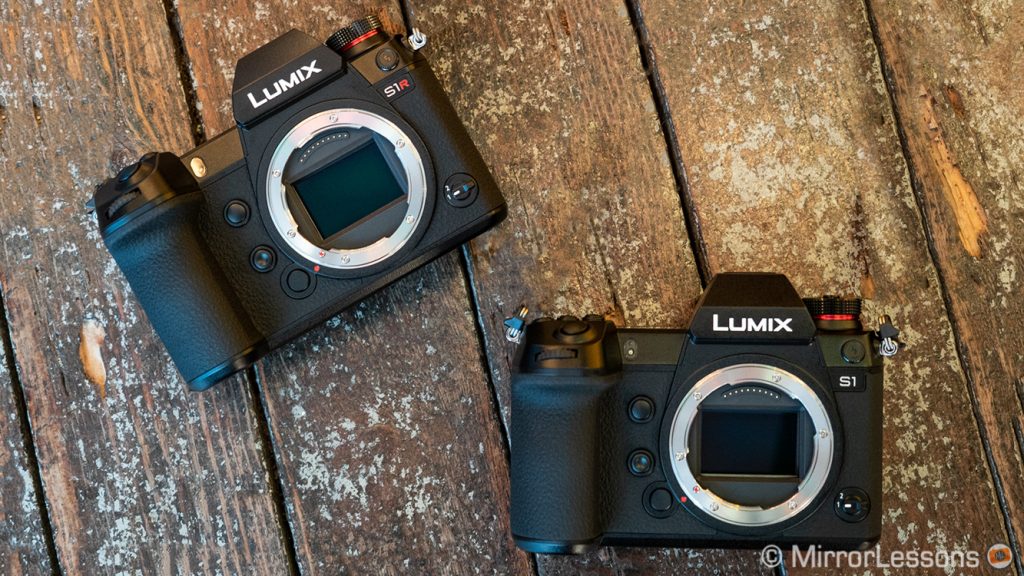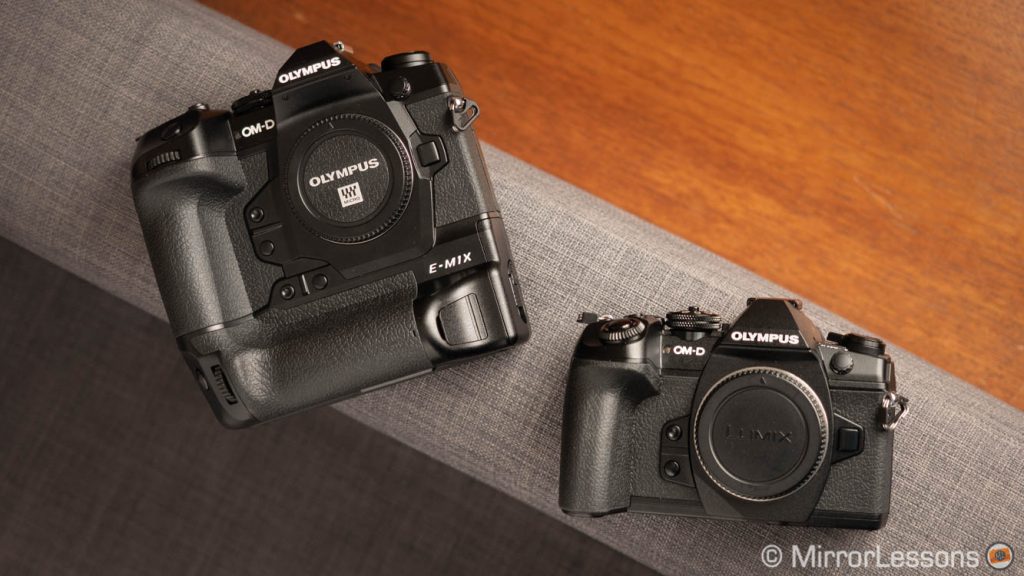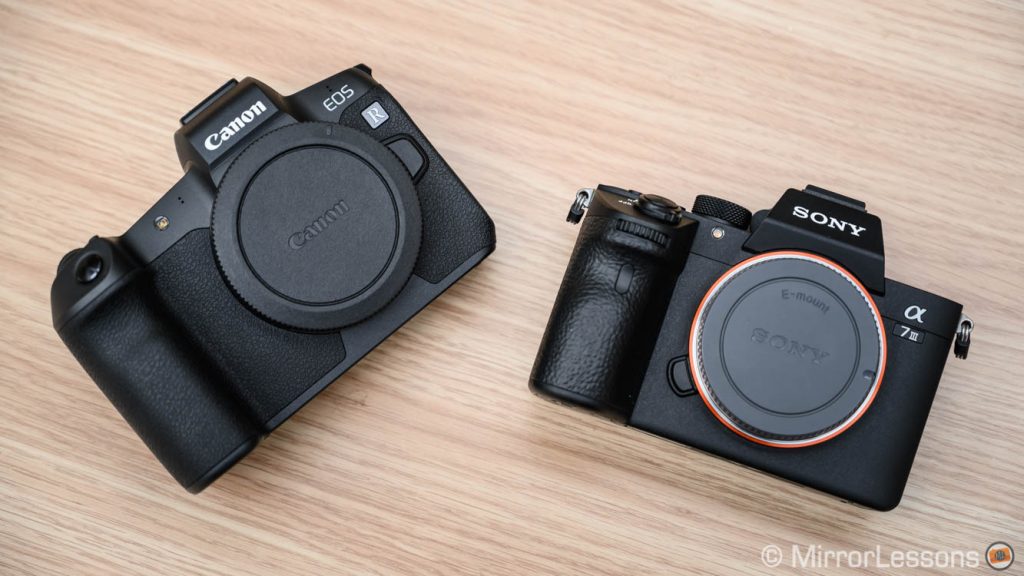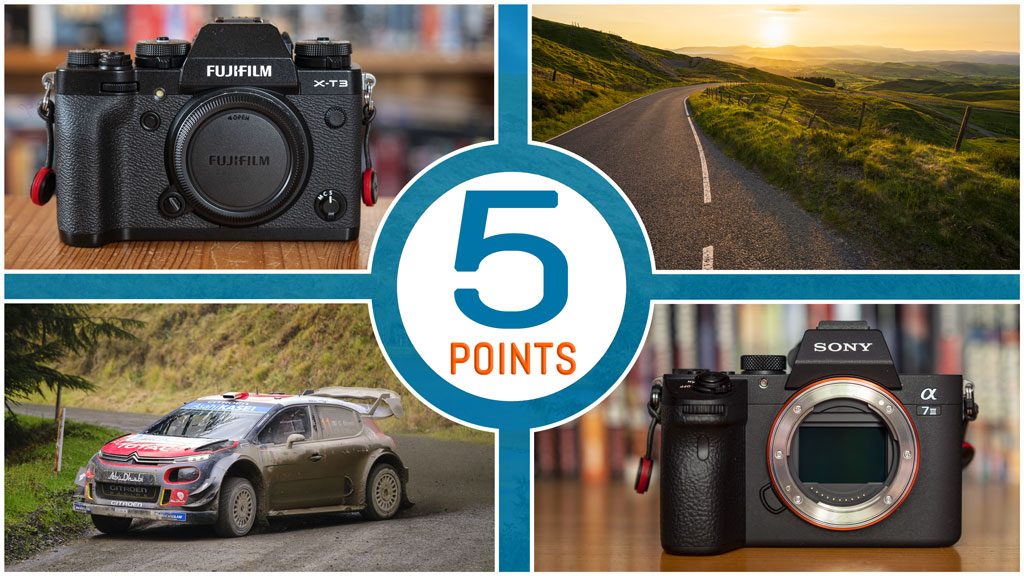The E-M1 mark II was released in late 2016 and had impressive specifications for its time. The fast sensor readout, in addition to providing burst speeds of 60fps with the electronic shutter, also allowed for the implementation of interesting functions such as Pro Capture. The image stabilisation was state of the art and various features including the High Res Shot mode made the E-M1 II one of the most advanced mirrorless cameras at the time.
Not everything was perfect however. The autofocus, while improved compared to its predecessor, wasn’t the best in class, and many cameras that came soon after widened the performance gap. The Panasonic G9, for example, matched most of its specifications, and other products such as the Sony A9 (and Fujifilm X-T3 more recently) pushed the electronic shutter performance to new heights with the inclusion of a blackout-free live view. And although the 4K video quality was good, it wasn’t enough to attract serious filmmakers despite the stunning stabilisation.
Read more

